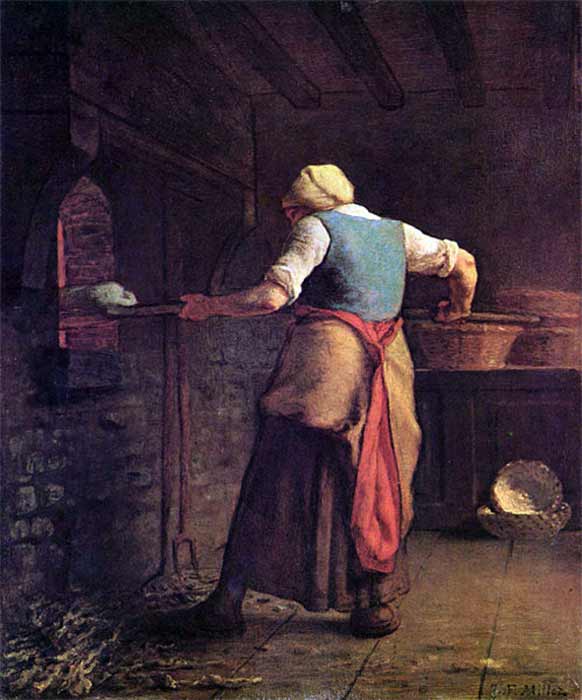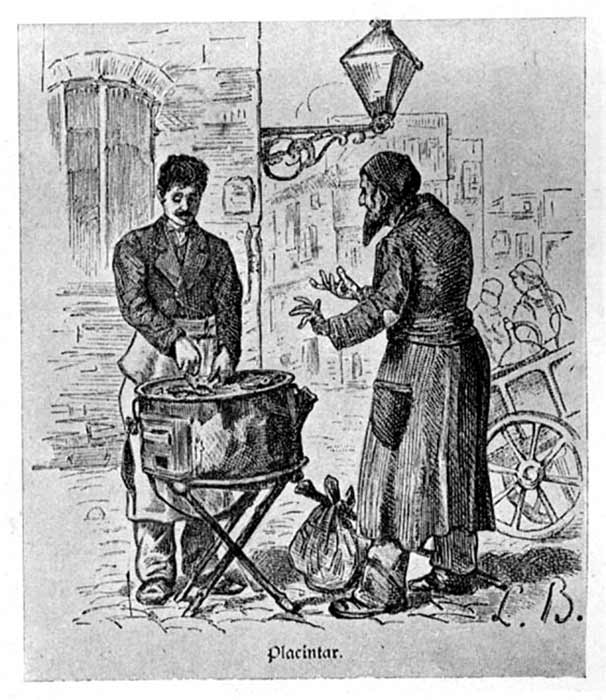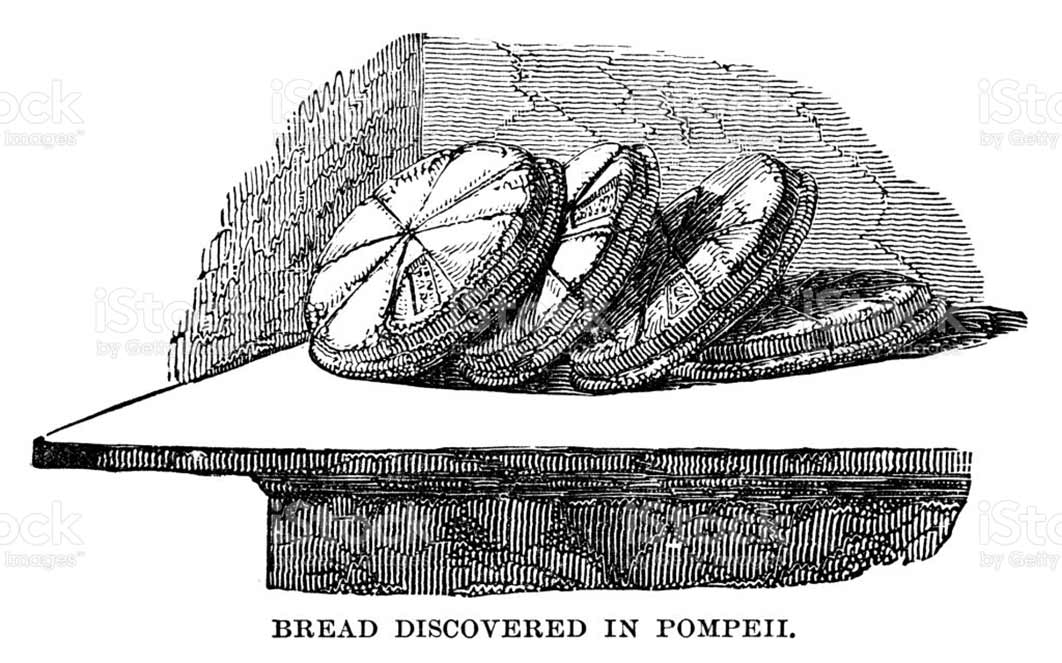
From Peasant To Pharaoh: The Popularity of ‘Pizza’ in the Ancient World
Since the ancient times, people have been eating pizza in one form or another. By 2200 BC, Egyptian flatbread was topped with a spread called dukkah and evidence of flatbread consumed in Italy also date back to 2000 BC. Although it is known that the Persians, Etruscans and Greeks were producing something that can loosely be identified as pizza from 930 to 730 BC, there is still much that is unknown and claiming that these flatbreads with toppings such as spices or other foodstuffs constitutes ‘pizza’ can easily invoke offence and has become a hot topic in the age of the internet. Therefore, it is perhaps better advised to call them flatbreads and to describe the ingredients of the toppings added to give them more flavour, than to label them ‘pizza’.

A woman baking bread by Jean-François Millet (1854) Kröller-Müller Museum (Public Domain)
As far back as antiquity, pieces of flatbread topped with savouries served as a simple meal. In the sixth century BC, Persian soldiers of the Achaemenid Empire during the rule of Darius the Great (550 BC - 486 BC) baked flatbreads covered with cheese and dates on top of their battle shields.

A Greek maker of plăcintă ,Bucharest, (1880) (Public Domain)
Flatbread On The Mediterranean
In Ancient Greece, citizens made a flatbread called plakous, which was flavoured with toppings such as herbs, onion, cheese and garlic. An early mention of plakous as a dessert comes from the poems of the fourth-century BC Greek poet Archestratos, who described plakous as served with nuts and dried fruits. He also commended the honey-drenched Athenian version of plakous.
Writing the first history of Rome, Marcus Porcius Cato (234-149 BC), or Cato the Elder, noted a flat disk of dough dressed with olive oil, herbs and honey, baked on stones. Written in 19 BC, Virgil's Aeneid describes a meal where both the plate and what was on it were eaten, in other words a meal on an edible plate. In Book III of the Aeneid, the queen of the Harpy, Celaeno (the dark one), prophesied that after reaching Italy, famine would drive the migrating survivors of the Trojan War to eat their tables as a punishment for their violence against her people. Later, Aeneas and his men sat down beneath a tree and laid out thin cakes. They sprinkled mushrooms and herbs they had found in the woods on to these thin cakes and happily ate them all, realizing that they are in fact eating the “tables” prophesied by Celaeno. This prompted Ascanius, Aeneas’ young son, to exclaim “etiam mensas consumimus!” (“[the table] it is also consumed!”). So, they fulfilled the prophecy.

Loaves from Pompeii show similar depressions on their sides signifying that they were tied with a string when baked. (Public Domain)




